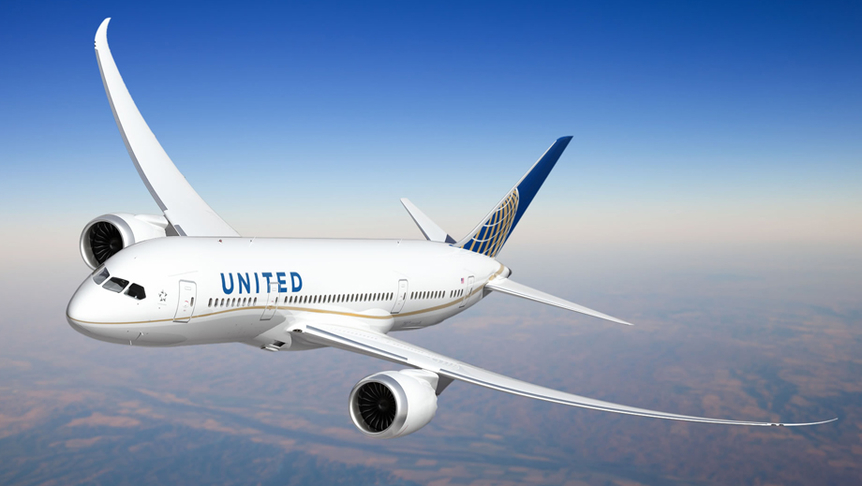
As I write this, news is coming in about a United Airlines pilot who issued a “mayday” call and had to make an emergency landing at Sydney Airport.
These sorts of headlines might concern those with a fear of flying, but in fact this incident, and others like it, should be cause for comfort.
The fact that the plane, which was low on fuel, landed safely proves that aviation is safe and that the systems in place to keep it that way do work.
As the ABC reported, police initiated a full “emergency response”, including closing roads around Sydney airport, to allow for the emergency landing of Flight UA839, a Boeing 787-900 Dreamliner with 239 people on board. Paramedics and fire crews were also on standby.
It seems everything was done by the book to deal with the mayday, which was triggered after the fuel gauge dropped below a certain level. And that’s a good sign, indicating preparedness for future incidents.
In fact, every incident in the air, including the rare fatal ones, contributes to the great body of knowledge about aviation procedures and actually makes flying safer. The experts learn from what went wrong and work to prevent a recurrence.
We don’t think about it much, but the fact is that flying is one of the safest activities. It is certainly safer than being in a car, and — given that most accidents occur in the home — arguably safer than not travelling at all.
While incidents like this — which will be thoroughly investigated both by the airline and the Australian authorities — can be unnerving, they are also reassuring.
Modern aviation has opened up the world to us all, and we should be pleased to learn of another incident where the system that keeps us safe worked perfectly.
